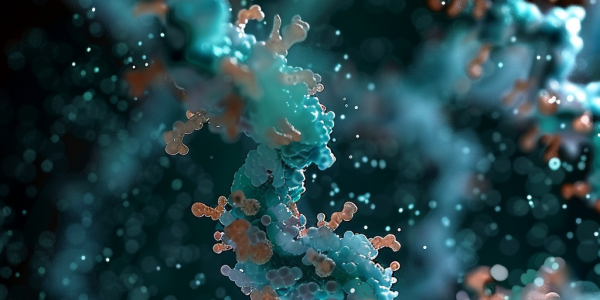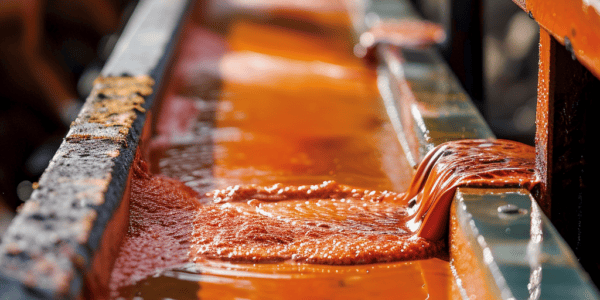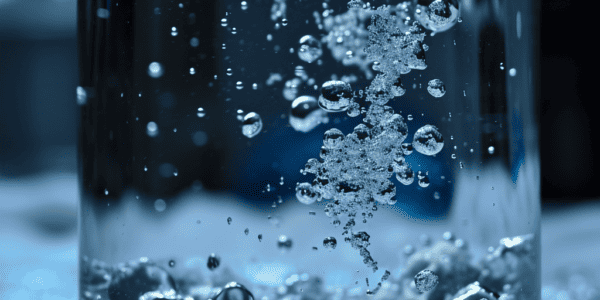Unraveling the Secrets of Prochlorococcus’ Iron-Binding Protein
Researchers at the University of Southampton, led by Ivo Tews, uncover the secrets behind Prochlorococcus’ ability to thrive in low-nutrient waters through the study of its iron-binding protein, FutA. The study, published in the Proceedings of the National Academy of Sciences, utilized advanced structural biology techniques to reveal how FutA can accommodate iron in two oxidation states, enhancing the cyanobacterium’s efficiency in nutrient-poor environments. Neutron crystallography and optical spectroscopy measurements were key in determining the charges of amino acid side chains and tracking iron oxidation states, with Diamond Light Source’s I24 beamline playing a crucial role in capturing real-time structural changes in FutA.
Precision Nutrition for Long-COVID Patients
A review article in the npj Science of Food journal discusses the potential of precision nutrition to address metabolic reprogramming and dysregulation in long-COVID patients caused by the SARS‐CoV‐2 virus. The article highlights the impact of the virus on human metabolic pathways, immune dysfunction, and redox imbalance, as well as the persistent symptoms experienced by long COVID patients. It emphasizes the importance of precision nutrition in managing and treating long-term COVID-19 symptoms.
Researchers Transform Red Mud into Valuable Feedstock for Green Steel Production
Green steel is on the horizon, as researchers have found a way to transform red mud, a by-product of aluminium production, into a valuable feedstock for ironmaking. This innovative process utilizes fossil-free hydrogen-plasma-based reduction to convert red mud into sustainable…
Researchers Simulate Iron Snow to Shed Light on Planetary Magnetic Fields
Scientists have long believed in the occurrence of a phenomenon known as iron snow in the molten iron cores of certain planetary bodies. Similar to the formation of snow crystals in the upper atmosphere, iron snow is thought to occur…




